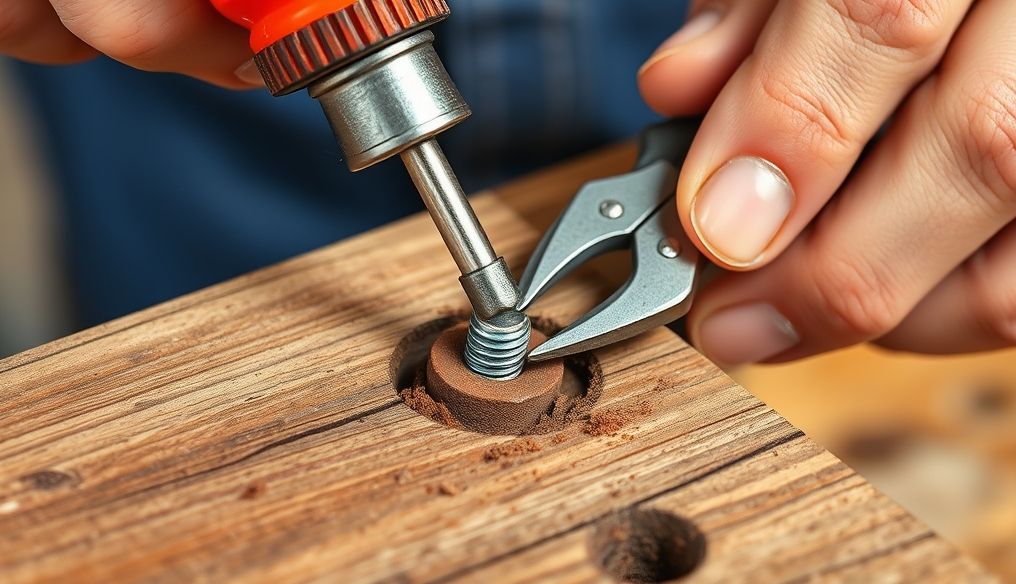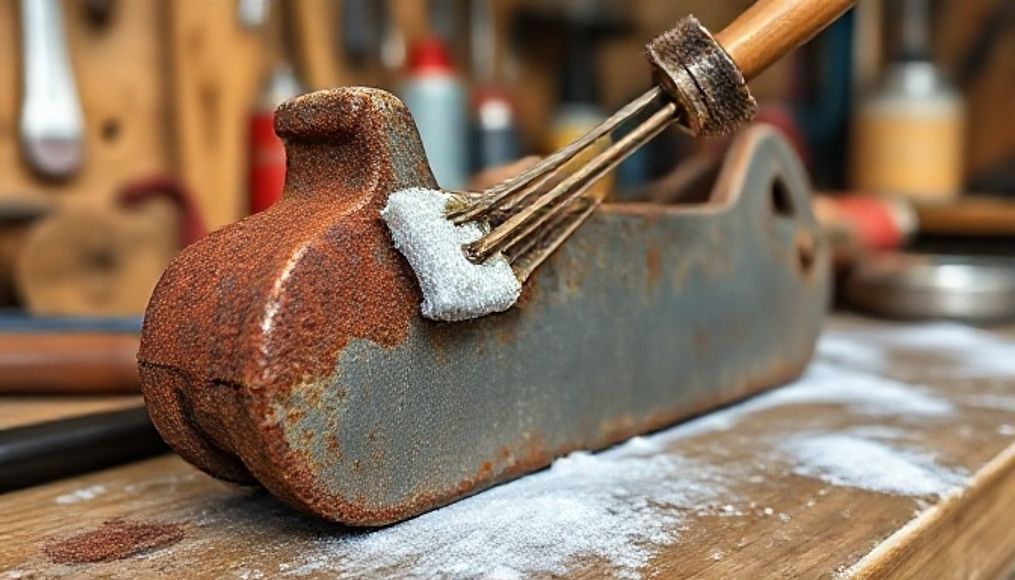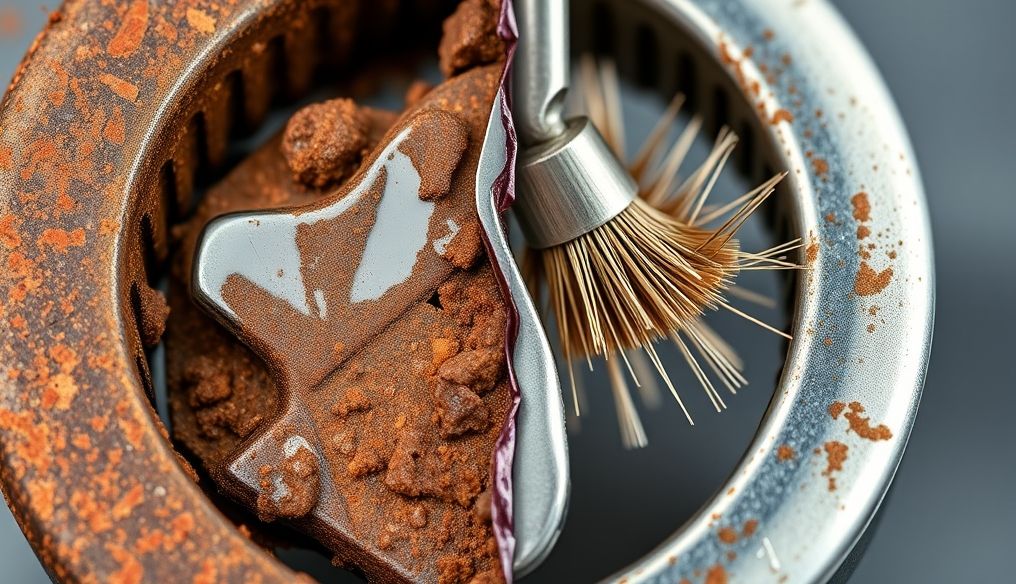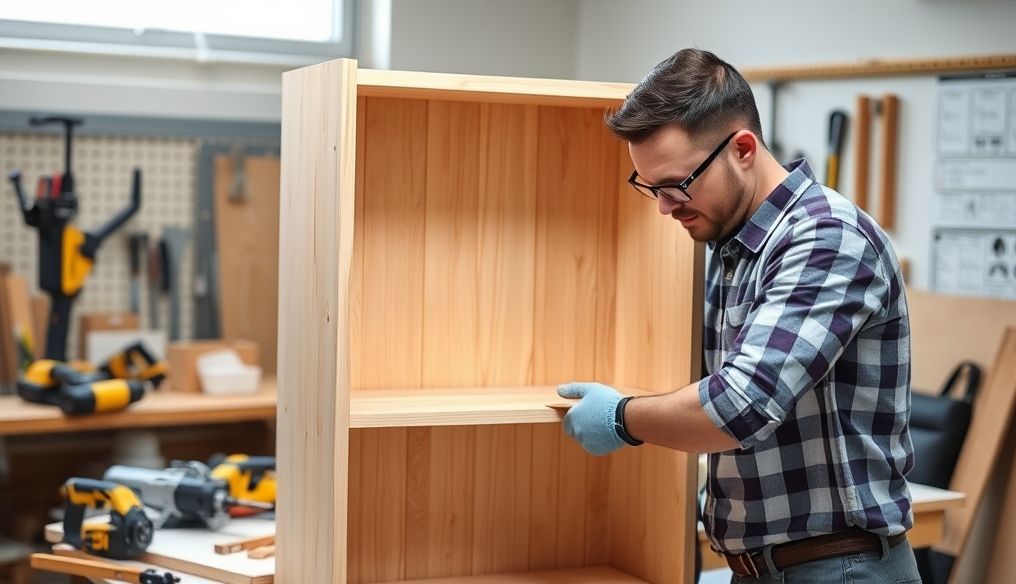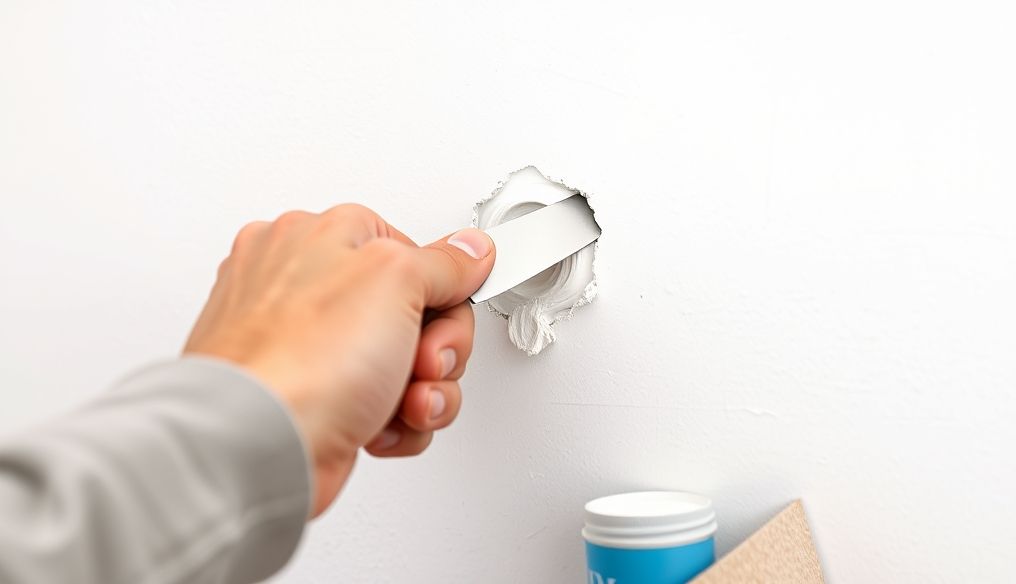Introduction: Why Do Screws Become Stubborn?
Stubborn screws are the bane of anyone working on home repairs or mechanics. Before we delve into ways to remove them, it's important to understand why they become so:
- Rust and Corrosion: Humidity and oxidation cause rust, which makes the screw stick to the surrounding material.
- Paint and Coatings: Accumulation of paint or coatings can hinder the screw's movement.
- Overtightening: Over-tightening a screw can damage the head or threads, making it difficult to remove.
- Dirt and Debris: Accumulation of dirt and debris inside the threads can impede the screw's movement.
Chapter 1: Essential Tools for Removing Stubborn Screws
Before you start, make sure you have the right tools. The correct tools make the job easier and safer:
- Screwdrivers: A variety of screwdrivers in different sizes and types (Phillips, flathead, Torx).
- Wrench: Wrenches in various sizes to fit screw heads and nuts.
- Pliers: Used to grip small or damaged screws.
- Hammer: Used to gently tap the screwdriver to loosen the screw.
- Rust Remover Spray: Helps to loosen rust and facilitate screw removal.
- Lubricant: Such as WD-40, helps to lubricate the screw and make it easier to remove.
- Heat Gun: Used to heat the screw and expand the metal, making it easier to remove (use with caution).
- Screw Extractor: A tool specifically designed to remove screws that have stripped heads.
Chapter 2: Basic Techniques for Removing Stubborn Screws
There are several techniques you can try before resorting to more complex solutions:
- Ensure You're Using the Correct Screwdriver: Use a screwdriver that fits the screw head perfectly. If the screwdriver is too small, it may strip the head.
- Apply Firm Pressure: Press firmly on the screwdriver while turning. This helps prevent the screwdriver from slipping.
- Turn Slowly: Don't rush. Try to turn the screw slowly and steadily.
- Lightly Tap: If the screw is stuck tightly, you can try gently tapping the head of the screwdriver with a hammer. This can help loosen the screw.
- Use Rust Remover Spray or Lubricant: Spray a small amount of rust remover or lubricant onto the screw and let it sit for a few minutes before attempting to remove it.
Chapter 3: Using Heat to Remove Stubborn Screws
Heat can be a powerful ally in removing stubborn screws, but it should be used with caution:
- Using a Heat Gun: Gently heat the screw using a heat gun. The heat will expand the metal, which may make it easier to remove.
- Beware of Flammable Materials: Make sure there are no flammable materials near the screw before using heat.
- Using Cold Water: After heating the screw, you can try to cool it quickly using cold water. This sudden change in temperature can help loosen it.
Chapter 4: Using Mechanical Force
If other techniques don't work, you may need to use mechanical force:
- Using a Wrench: If the screw has a hexagonal or square head, you can use a wrench to provide more leverage.
- Using Pliers: If the screw head is damaged, you can use pliers to grip it and turn it.
- Using an Impact Driver: This tool provides very high rotational force, making it ideal for removing stubborn screws.
Chapter 5: Dealing with Damaged Screws
If the screw head is stripped, removing it becomes more difficult. Here are some solutions:
- Using a Screw Extractor: This tool is specifically designed to remove screws that have stripped heads.
- Drilling the Screw: As a last resort, you can drill the screw using a drill. Start with a small drill bit and gradually increase the size until the screw is removed.
Chapter 6: Tips for Preventing Stubborn Screws
Prevention is better than cure. Here are some tips to avoid stubborn screws in the future:
- Use Lubricants: Lubricate screws before installing them.
- Avoid Overtightening: Do not tighten screws more than necessary.
- Regularly Inspect Screws: Regularly inspect screws to make sure they are not rusty or damaged.
- Use Rust-Resistant Screws: Use screws made of stainless steel in areas exposed to moisture.
Chapter 7: Real-World Scenarios and Solutions
Let's look at some common scenarios and how to deal with them:
- Screw Stuck in a Car: Use rust remover spray and let it sit for a longer period. You may need to use an impact driver.
- Screw Stuck in Furniture: Use lubricant and turn the screw slowly.
- Screw Stuck in Electronic Devices: Be very careful. Use small and appropriate screwdrivers and avoid using excessive force.
Chapter 8: Conclusion
Removing stubborn screws can be frustrating, but it's not impossible. By using the right tools and techniques, you can overcome any stubborn screw. Remember that prevention is better than cure, so follow the tips mentioned to avoid this problem in the future.
